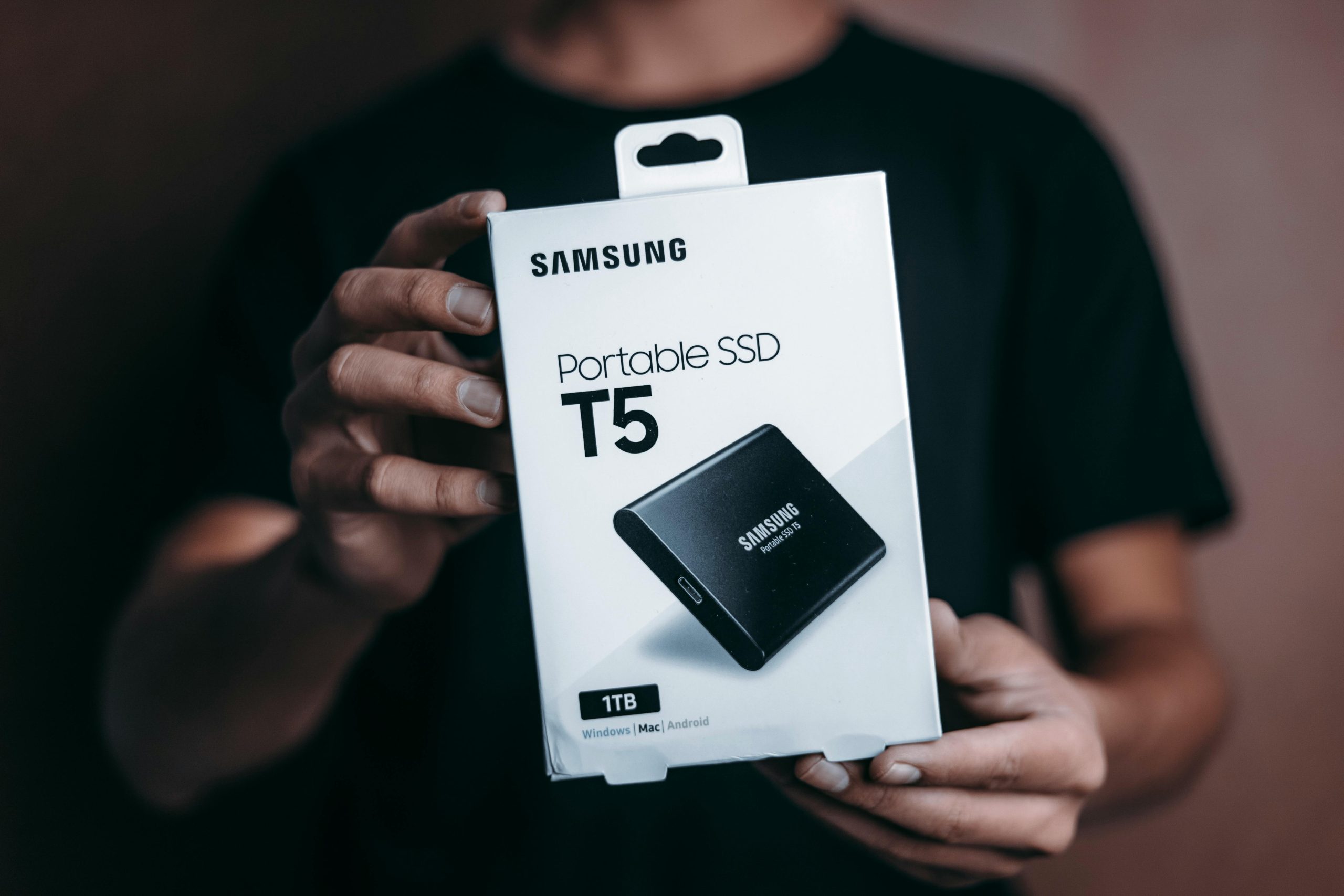Understanding the Issue: SSD Showing No Media
Solid State Drives (SSDs) have revolutionized the way we store and access data, offering faster speeds and greater reliability compared to traditional hard drives. However, like any technology, they are not immune to issues. One common issue that users encounter is when an SSD shows up in the device manager, yet reflects no media or available space. This can be a bewildering experience, especially if the drive contains important data. In this blog post, we’ll delve into why this issue might occur and explore potential solutions to retrieve your data.
What Does “No Media” Mean?
When you connect an SSD to your computer and it shows “No Media” in Disk Management or similar tools, it essentially means that the system recognizes an SSD is connected, but it cannot interact with it correctly. This can be the result of a myriad of causes, from software glitches to hardware failures.
Why Your SSD Might Show No Media
Before diving into solutions, let’s explore some common reasons why an SSD might reflect as “No Media.”
1. Connection Issues
First and foremost, ensure that the SSD is properly connected to the computer. Loose cables or an incorrect connection can cause the system to recognize the device’s presence without being able to access it fully. If you are using an external SSD, try using a different cable or port.
2. Driver Problems
Device drivers serve as a communication bridge between the hardware and the operating system. If the SSD drivers are outdated or corrupt, this might cause the drive to show “No Media.” Ensure your drivers are up-to-date by visiting the SSD manufacturer’s website or using a dependable driver update software tool.
3. File System Corruption
Corruption in the file system can make an SSD inaccessible. This could result from improper shutdowns, application crashes, or malware attacks. Typically, file system corruption would prevent the operating system from mounting or displaying the drive correctly.
4. Firmware Issues
SSD firmware is critical as it governs how the SSD operates and manages data. Outdated or corrupt firmware might cause the drive to malfunction. Similar to drivers, check for updates on the manufacturer’s website and ensure your firmware is current.
5. Physical Damage
Physical damage can result from overheating, drops, or manufacturing defects. SSDs, being electronic components, are susceptible to such damage over time, particularly if they are subjected to heavy use or extreme conditions.
Potential Solutions: How to Recover Your SSD and Data
Given these potential reasons, there are various approaches you might take to resolve the problem. It’s important to proceed with caution, especially if you have critical data on the drive that you want to recover.
Step 1: Check Physical Connections
- Reconnect the SSD: Start by unplugging the SSD and reconnecting it to the same or different port. Ensure that the connection is snug and secure.
- Change Cables: If it’s an external SSD, use a different USB or SATA cable to rule out a faulty cable.
Step 2: Update or Reinstall Drivers
- Access Device Manager: Press
Win + Xand select Device Manager to open it. - Locate Your SSD: Find your SSD under the Disk Drives section.
- Update Drivers: Right-click on the SSD, select ‘Update Driver,’ and choose ‘Search automatically for updated driver software.’
Step 3: Repair File System
- Use CHKDSK Utility: This command-line utility checks and repairs file system issues.
- Open Command Prompt as Administrator.
- Enter
chkdsk X: /f(replace X with your SSD’s drive letter). - Follow the instructions; the system may schedule a scan upon restart.
Step 4: Update Firmware
- Check for Firmware Updates: Visit the manufacturer’s website for firmware updates specific to your SSD model.
- Firmware Installation: Follow the instructions provided by the manufacturer to update the firmware safely.
Step 5: Utilize Data Recovery Software
If the above steps don’t restore access to your SSD, data recovery software might assist you. Programs like EaseUS Data Recovery Wizard, Stellar Data Recovery, or R-Studio can scan your drive and attempt to recover inaccessible data. However, it’s crucial to understand that recovery success can vary based on the extent of the issue.
Step 6: Consult Professionals
In cases where DIY solutions fail, it might be time to consult a professional data recovery service. Professionals have specialized tools and expertise for handling various data storage issues.
Preventive Measures
To avoid such occurrences in the future, consider adopting these preventive measures:
- Regular Backups: Always back up your data. Use cloud storage solutions or an external backup drive. The 3-2-1 backup rule is effective: create three copies of your data, store it on two different media, and keep one offsite.
- Use Reliable Power Sources: Power surges and outages can damage SSDs. Using a UPS (Uninterruptible Power Supply) can safeguard against such risks.
- Monitor Drive Health: Software tools like CrystalDiskInfo can monitor your SSD’s health status and warn you of potential issues.
- Safe Ejection: Always safely eject external SSDs to avoid file system corruption.
Conclusion
Facing an SSD that shows no media can be frustrating, especially if important files are on the line. By methodically checking connections, updating drivers and firmware, and exploring software repair tools, you can often pinpoint the problem. However, always remember that regular backups are your best defense against data loss. Hopefully, this guide has equipped you with the knowledge to tackle the issue and retrieve your valuable data successfully.
Share this content:




Hi, thank you for sharing this comprehensive overview of the “No Media” issue with SSDs. If you’re encountering this problem, here are some additional troubleshooting tips that might help:
Remember, if data recovery from the affected SSD is critical, engaging professional data recovery services might be the safest route to prevent data loss.
Hope this helps, and good luck with resolving your SSD issue!